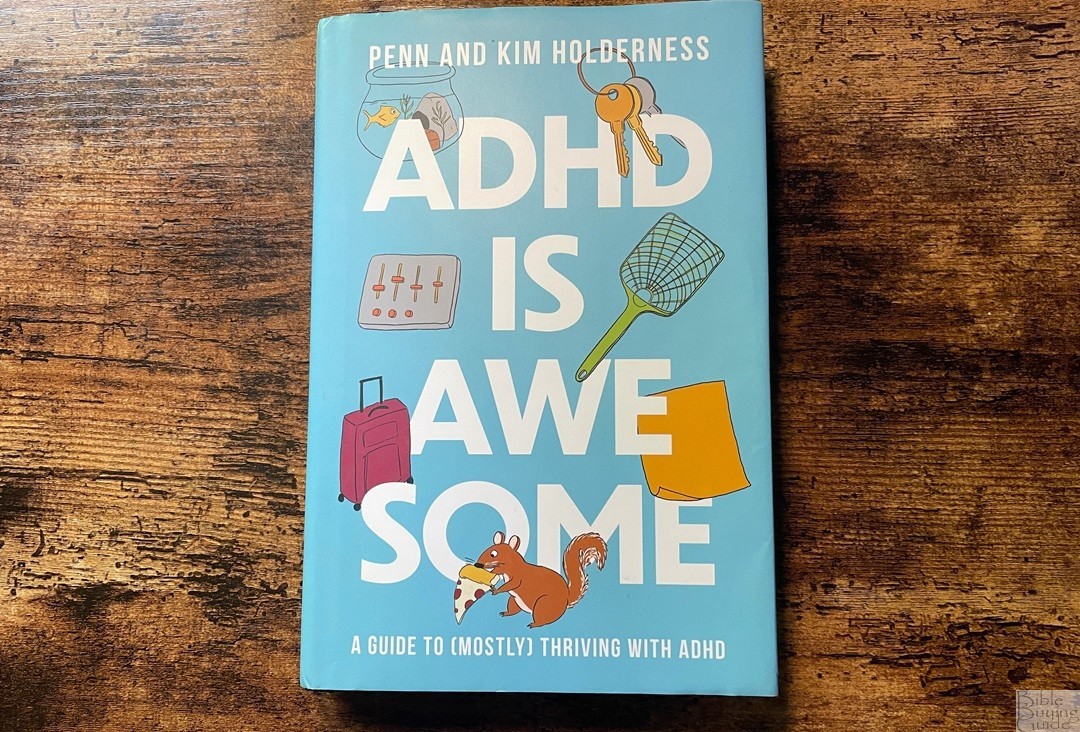Is it possible that being different is actually a superpower? In a world that often seeks to mold everyone into a predefined archetype, the book “ADHD is Awesome” invites readers to flip this narrative on its head. By embracing the uniqueness of individuals with Attention Deficit Hyperactivity Disorder (ADHD), the author challenges the conventional perception of ADHD, painting it as a dynamic strength rather than merely a disorder. But how does this transformation of perception take shape within the pages, and what insights can we draw from such a captivating narrative?
This book is fundamentally more than a mere biography or a clinical account of ADHD; it presents a vibrant tapestry woven with personal anecdotes, scientific research, and practical insights. From the outset, one senses an enthusiastic ardor for celebrating the multifaceted attributes inherent in those labeled with ADHD. This positivity serves as an energetic anchor throughout the text, making it not just informative but also irresistibly engaging.
Right from the introduction, one is drawn into the author’s world—a vivid landscape where hyperactivity and distractibility are recast as engines of creativity and problem-solving. Through a series of relatable scenarios, the narrative poses a playful yet profound question: “What if ADHD is not the hindrance we’ve been led to believe, but rather a creative dynamo waiting to be unleashed?” This captivating proposition establishes a thoughtful dialogue about the potential challenges ADHD individuals face and the unique gifts they offer society.
The book’s structure is both intricate and intuitive, guiding readers from general understanding to nuanced considerations of ADHD. Chapters unfold in a way that seamlessly connects each theme while allowing for deep exploration. One of the book’s sections dives into the neurological underpinnings of ADHD, presenting the condition not as a deficiency but as a difference in brain wiring. Here, the author skillfully navigates through complex medical jargon, translating it into comprehensible terms that significantly demystify ADHD.
Interspersed with enlightening commentary, the author introduces compelling stories from the lives of notable figures diagnosed with ADHD. Through these biographies, readers encounter personalities from creative fields who exemplify how ADHD can catalyze extraordinary success. The anecdotes are rich with humor and authenticity, reinforcing the notion that those with ADHD often wield a different lens through which they see the world. This perspective can lead to innovative thinking, novel ideas, and unparalleled enthusiasm in their pursuits. It raises an essential challenge: How can society recalibrate its expectations to harness these unconventional talents?
Observing the day-to-day intricacies, the author touches on the real obstacles faced by individuals with ADHD—challenges often overshadowed by the broader societal focus on deficits. From organization issues to impulsivity, each of these challenges is addressed with empathy and a focus on practical solutions. The subtext asserts an intriguing dichotomy: while the world may perceive these traits as limitations, can we also acknowledge them as opportunities for personal growth and development?
Distinctively, “ADHD is Awesome” does not shy away from the struggles associated with the disorder. The discussion on stigma is particularly poignant, reflecting on how societal perceptions have historically marginalized those with ADHD. The author juxtaposes this stigma with a potent call to action: to change the narrative. It compels readers to consider how internalized negative views can hinder self-acceptance among those living with ADHD. Here lies another potential challenge—what steps can we take within our communities to foster an environment that champions diversity in cognitive functioning?
As the book progresses, it emphasizes strategies that empower individuals to navigate their daily lives more effectively. Techniques such as time management skills, organizational tools, and mindfulness practices are explored extensively. The author does not simply regurgitate theoretical knowledge; instead, practical applications are demonstrated with a lens of reassurance. It is a ripple of positivity amid the complexities many face, giving hope that with the right tools, individuals can thrive.
Perhaps one of the most delightful features of “ADHD is Awesome” is its ability to evoke an enthusiasm for embracing one’s identity. Readers are encouraged to celebrate their quirks and idiosyncrasies—transforming what society might perceive as obstacles into badges of honor. It epitomizes an essential truth: by unapologetically owning one’s uniqueness, the potential for self-advocacy flourishes.
In the concluding chapters, the author pivots towards community. The narrative emphasizes the importance of support networks—be it family, friends, or fellow individuals with ADHD. The message is clear: no one is alone in their journey. Bonding together creates a supportive ecosystem that amplifies the fantastic qualities of each member. The text beautifully suggests that it is through acceptance and celebration of differences that true vibrancy is achieved in communities. Can you envision a world where everyone supports each other’s unique traits? How transformative would such an outlook be?
In summary, “ADHD is Awesome” serves not only as an enlightening exposition on ADHD but also as a rallying cry for acceptance, understanding, and celebration of diversity. It draws us into a world where difference is not merely tolerated but embraced, where challenges are perceived as opportunities for growth. It evokes enthusiasm for the incredible potential each person possesses, instilling hope for a future that values uniqueness. As we delve into the depths of this book, we are left pondering: If we champion our differences, could we unlock a treasure trove of untapped creativity and brilliance just waiting to be discovered?
